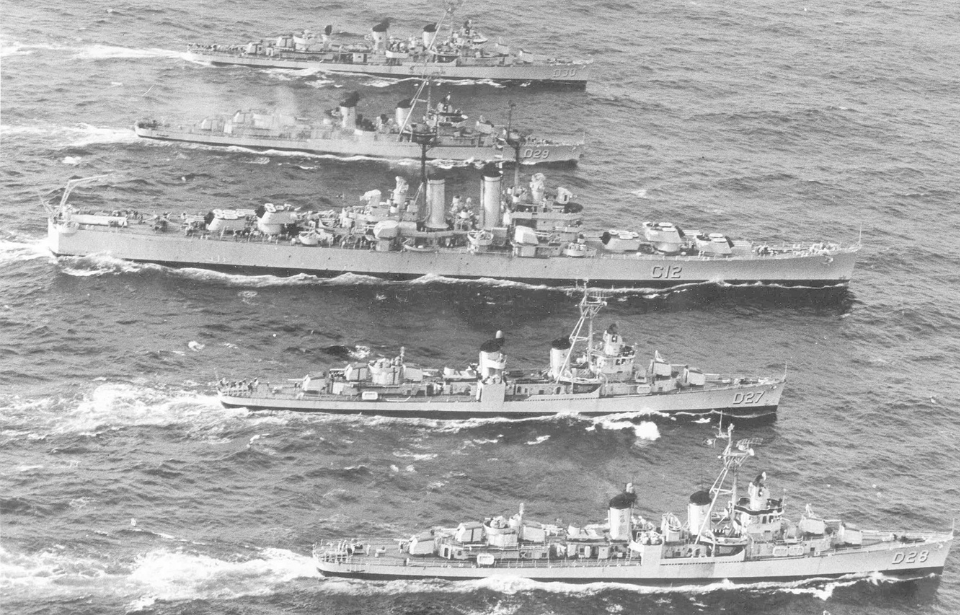Written by Todd Neikirk and Clare Fitzgerald.
Since the beginning of civilization, wars have been fought, leaving behind a path of destruction. They devastate territories and result in many casualties. However, not all wars are equally damaging—some have caused minimal or even no bloodshed, as illustrated by the following list.
1651-1986 – Three Hundred and Thirty-Five Years’ War
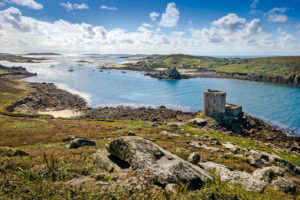
The Three Hundred and Thirty-Five Years’ War began all the way back in 1651 and lasted, you guessed it, 335 years. The dispute between the Netherlands and the Isles of Scilly began during the English Civil War, when Dutch Adm. Maarten Tromp declared war after becoming unsatisfied with a lack of reparations from the Royalists. However, there was an issue: Tromp likely didn’t have the power to do such a thing.
Amazingly, there was such little actual warfare that the conflict was forgotten about for centuries. It wasn’t until 1986, when historian Roy Duncan brought the war up, that a peace treaty was officially signed between the Netherlands and the Isles of Scilly. However, it was more symbolic than anything, as by that point, the long-running war had become a bit of a joke between the two sides.
1961-63 – Lobster War
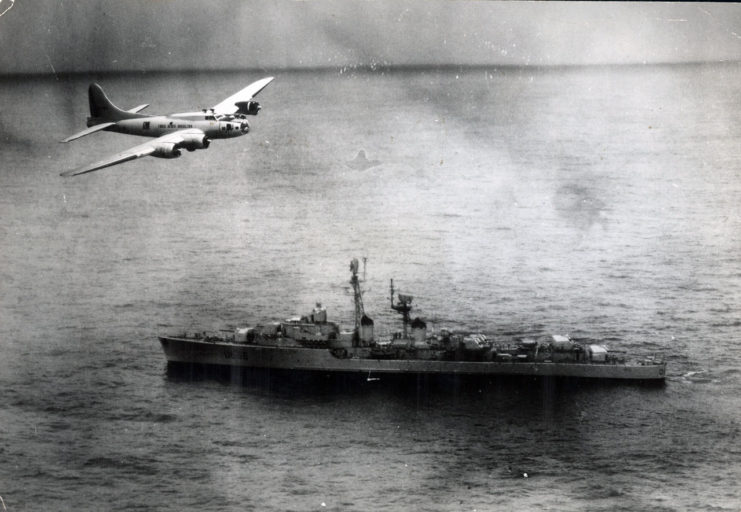
In 1961, French fishermen found great success catching lobsters off the coast of Mauritania in northwest Africa. Motivated by their achievements, they decided to extend their efforts to the other side of the Atlantic, reaching the shores of Brazil later that year.
This expansion angered Brazilian fishermen, leading the Brazilian Navy, under the command of Admiral Arnoldo Toscano, to deploy two corvettes to the region. The French ships were ordered to move to deeper waters, but their refusal ignited a conflict known as the “Lobster War” or “Lobster Operation.”
In response, French President Charles de Gaulle sent the destroyer Tartu (D636) to the Brazilian coast. Though the dispute lasted two years, it did not result in any casualties. Ultimately, a compromise was reached: Brazil expanded its territorial waters, and the French were permitted to fish in the area, on the condition that they share a portion of their catch with Brazilian fishing vessels.
1883 – Dodge City War
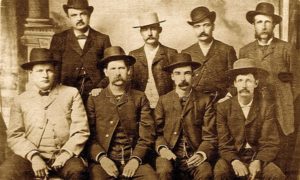
By 1883, a number of incidents in the boomtown of Dodge City, Kansas had begun to make residents feel a bit unsafe. The town was famous for the amount of gunfighters who had worked in the area at one time or another, and it was known to house a number of gambling halls, saloons and brothels. To put it simply, Dodge City was your typical Old West community.
That year, a man named Lawrence E. Deger ran for mayor on a law and order ticket. Upon being elected, he immediately attempted to shut down Dodge City’s parlors and bars. A particular target of Deger’s was Long Branch Saloon, owned by Luke Short. Short resisted the ordinances, to the point where he got into a gunfight with a police officer. While neither was injured, Short was quickly arrested, before being released on bond.
Eventually, Short assembled a protection team known as the “Dodge City Peace Commission,” which included legendary lawmen Wyatt Earp and William “Bat” Masterson. The two factions, however, never came to blows. Kansas Gov. George Glick eventually got involved, and the saloons and gambling parlors were reopened. Not long after, Short relocated to San Antonio.
1984-2022 – Whisky War

Unlike others on this list, the Whisky War was always lighthearted in nature, and could be compared to a spat between siblings – except for the fact that Canada and Denmark aren’t.
The conflict revolved around Hans Island, situated between Canada and Greenland, the latter of which is an autonomous entity of Denmark. In 1880, when Britain was transferring its arctic territories to Canada, the barren piece of land got lost in the shuffle, and decades later, it became the center of a rather polite territorial disagreement.
It wasn’t until 1984 that Canadian representatives planted the country’s flag on Hans Island and left behind a bottle of Canadian whisky. This was quickly followed with a similar action by Danish Minister for Greenland Affairs Tom Høyem, except he left behind a bottle of Schnapps. Eventually, the country’s entered into a back and forth that lasted decades.
Both Canada and Denmark took turns planting flags on Hans Island and leaving behind bottles of booze. The old flags were always collected and folded properly. The feud officially came to a diplomatic end in 2022, when Hans Island was split in half, giving each country their equal share of the land.
1838-39 – Aroostook War
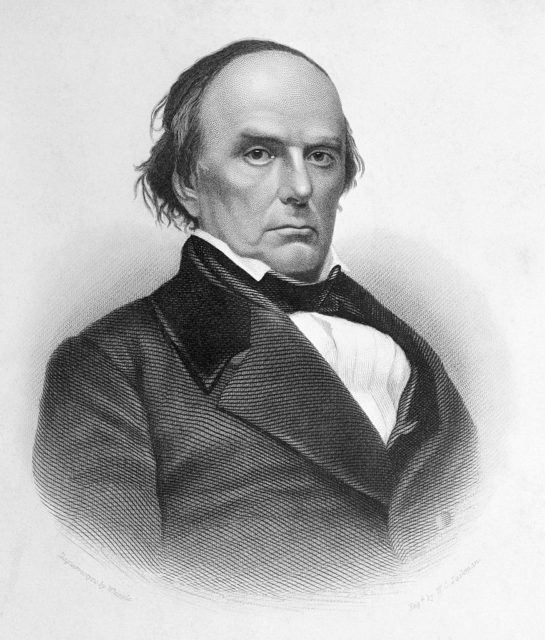
The Aroostook War, also known as the “Pork and Beans War,” was a conflict between the United States and the United Kingdom that occurred from 1838-39. The issue centered around where the border for the state of Maine ended and that of the British colony of New Brunswick began.
More from us: How Canadian Soldiers Exploited German Troops During World War I
Want War History Online‘s content sent directly to your inbox? Sign up for our newsletter here!
While the conflict became serious enough that Britain sent 15,000 troops to the area, both sides didn’t really want to go to war, especially after the War of 1812 just a few decades prior. In the end, US Secretary of State Daniel Webster met with British diplomat Baron Ashburton to work out a peace treaty.
What resulted was the Ashburton-Webster Treaty, which outlined the terms of the border between Maine and New Brunswick.
